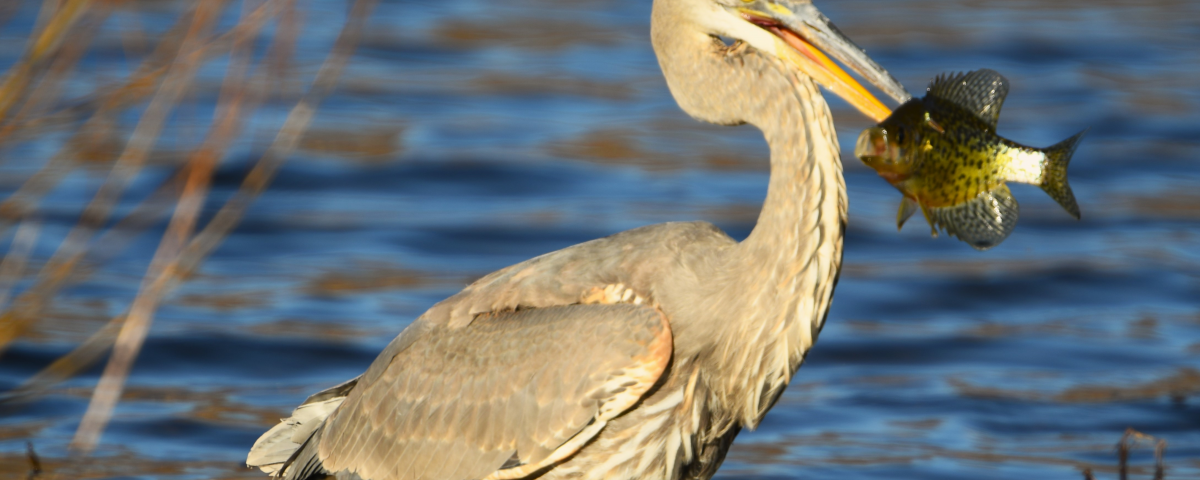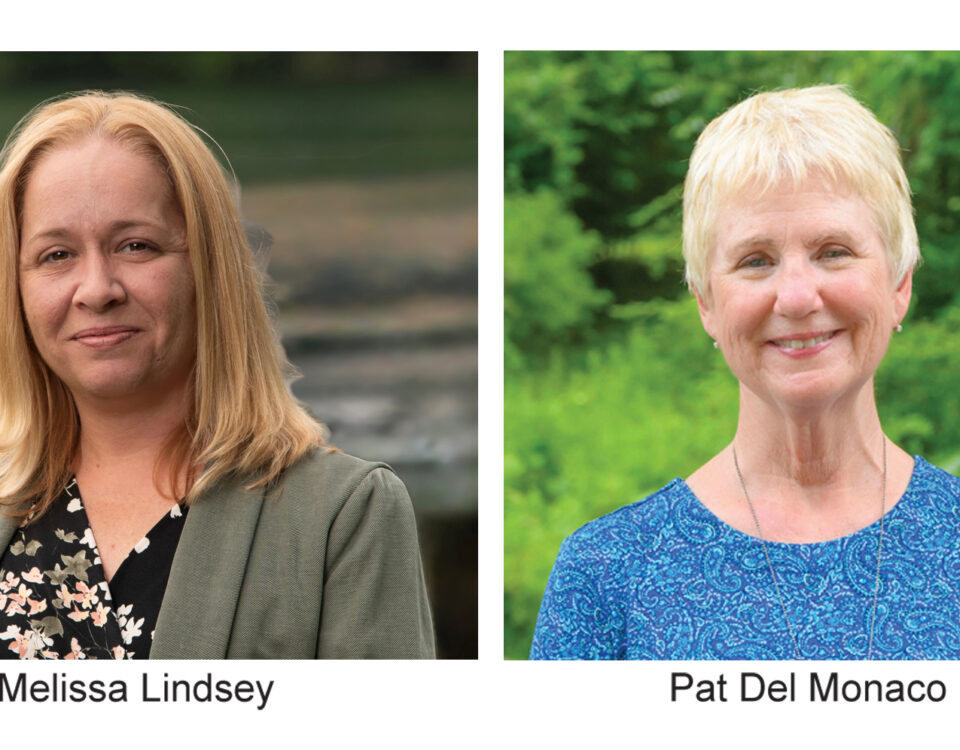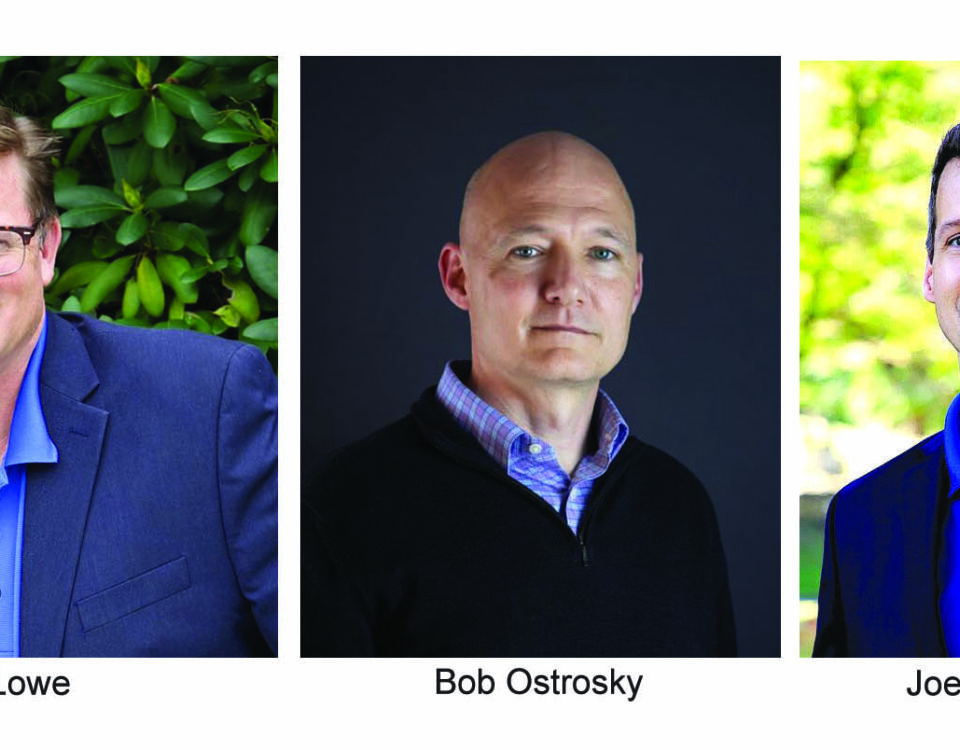Zoning Commission Discusses Property Housing 70 Cats; Approves Bringing Biscotti’s Patio into Compliance
April 11, 2025NF BOF Approves Sending Through a 7.56% Tax Increase to Voters
April 11, 2025By Cherry Dumaual
Did you know that over 425 bird species have been spotted in Connecticut? Many of them can be found right here in New Fairfield and Sherman. That means, on any given day, birdwatchers, birders, and wildlife photographers in our area might catch a glimpse of everything from a majestic bald eagle in flight to a vibrant blue jay perched on a red maple tree.
But where should a beginner look? And how does someone just starting out—with little more than a mobile phone camera—begin to identify, enjoy, and even photograph these winged wonders?
Experts Ms. Cathy Hagadorn, director of Deer Pond Farm Nature Preserve, part of the Connecticut Audubon Society in Sherman, and Mr. Tj Parille Kronen, a freelance wildlife photographer from New Fairfield help to answer these questions. Parille Kronen’s passion for wildlife and birds was inspired by naturalist John Foley, who is associated with Great Hollow Nature Preserve and Squantz Pond State Park. He shares his love for birds through the beautiful shots he shares on social media.
Hagadorn and Parille Kronen clarified the difference between birdwatching and birding. While the terms are often used interchangeably, there’s a subtle distinction. Birdwatching tends to be a more relaxed pastime—simply enjoying birds as you see them—whereas birding usually refers to a more intentional, informed activity. A birder often brings binoculars and a checklist. Hagadorn noted that birders can contribute their sightings to platforms like eBird.org, a powerful tool for collecting data on bird populations and tracking environmental changes through crowd-sourced ‘citizen science.’
In addition to good binoculars, Parille Kronen stressed the importance of cameras and lenses for bird photography, recommending mid-range cameras. For mobile phones, he suggests using attachments like a tripod and telescopic lenses to enhance the phone’s capabilities.
Whether you’re 7-years-old or 70, birding is a wonderful way to slow down, listen closely, and connect with nature. Beyond spotting birds, birding can be a peaceful way to unplug, relieve stress, and tune into the natural world. It encourages mindfulness and helps people feel more grounded—especially in today’s fast-paced world.
And there’s another valuable benefit. Hagadorn explained, “When people learn about and connect with the natural world, they tend to want to protect it. If we protect where the birds live, whether in the forest or on the coastline, numerous other species of wildlife benefits, including humans.”
Newcomers often want to know where and when they should go birding. Are there tools that can help you identify birds? What are the other do’s and don’ts to make the birding experience soar?
In the past four years of immersing himself in wildlife photography, Parille Kronen has kept count of each bird he photographs. Of the 106 birds, 97 are from the New Fairfield and Sherman areas. For birding beginners, he suggests Komlo Preserve, Squantz Pond Park, and Great Hollow in New Fairfield, and Deer Pond Farm in Sherman. His favorite birding location is Komlo—where he sees a pair of red-shouldered hawks pretty regularly and “you never know what you’re gonna see. Throughout the four seasons, I’ve seen almost 100 different types of birds there.”
Hagadorn, who oversees Deer Pond Farm, said, “Over 155 species of birds have been observed at Deer Pond Farm so far. Since we were established in 2017, we are ever increasing and adding to our scientific database here. Numerous songbird species, raptors, woodpeckers, owls, hummingbirds, waterfowl and more can be seen seasonally!” She noted similar birds are also found in the Komlo Preserve.
For Parille Kronen, the best months for birding are April through September, noting the return of warblers with their different tunes. According to Hagadorn, with May as peak migration season, expect many birds moving through the state on to their northern breeding grounds. The edges of habitats are key—the edge of a forest, the edge of a pond—where many species can be found looking for food with shelter close by. She added that there are birding programs all across the state in the month of May for the Connecticut Audubon’s annual field fundraiser and bird-a-thon called Migration Magic.
Parille Kronen recommends birding between 7 a.m.–11 a.m. and 2 p.m.–5 p.m. Humidity, temperature, and adverse weather can affect bird photography, posing challenges for capturing clear images. For example, owls and smaller birds are harder to spot in windy and rainy conditions, which affect both their visibility and behavior.
While it may be tempting to bring your dog, don’t. Hagadorn said that many nature preserves and sanctuaries do not allow dogs. Leave them at home to reduce disturbance and minimize threats to birds and other young animals. “Birding is different than hiking. Do slow down, look, listen and repeat… especially at the edges of habitat changes — patience is key.”
Parents looking to introduce their young children to birdwatching can start right in their own backyard by adding birdbaths, butterfly bushes, and bird feeders. However, Hagadorn offered a word of caution regarding feeders: the State Wildlife Division of DEEP recommends using bird feeders only during the winter months—from mid-November to late March—when bears are less active. With growing black bear populations in both Sherman and New Fairfield, it’s strongly advised to take down feeders in late winter or early spring. Bears and bird feeders simply don’t mix.
During the warmer months, opt instead for birdbaths and native plants. “When birds naturally flock to your yard, capturing their beauty through photography becomes much easier,” Parille Kronen noted.
Hagadorn enthused, “And don’t miss the chance to explore our local gems—Sherman’s Deer Pond Farm, and New Fairfield’s Komlo and Great Hollow preserves are perfect spots to witness these winged wonders up close!”
Learn more: ctaudubon.org; candlewoodvalleyrlt.org



